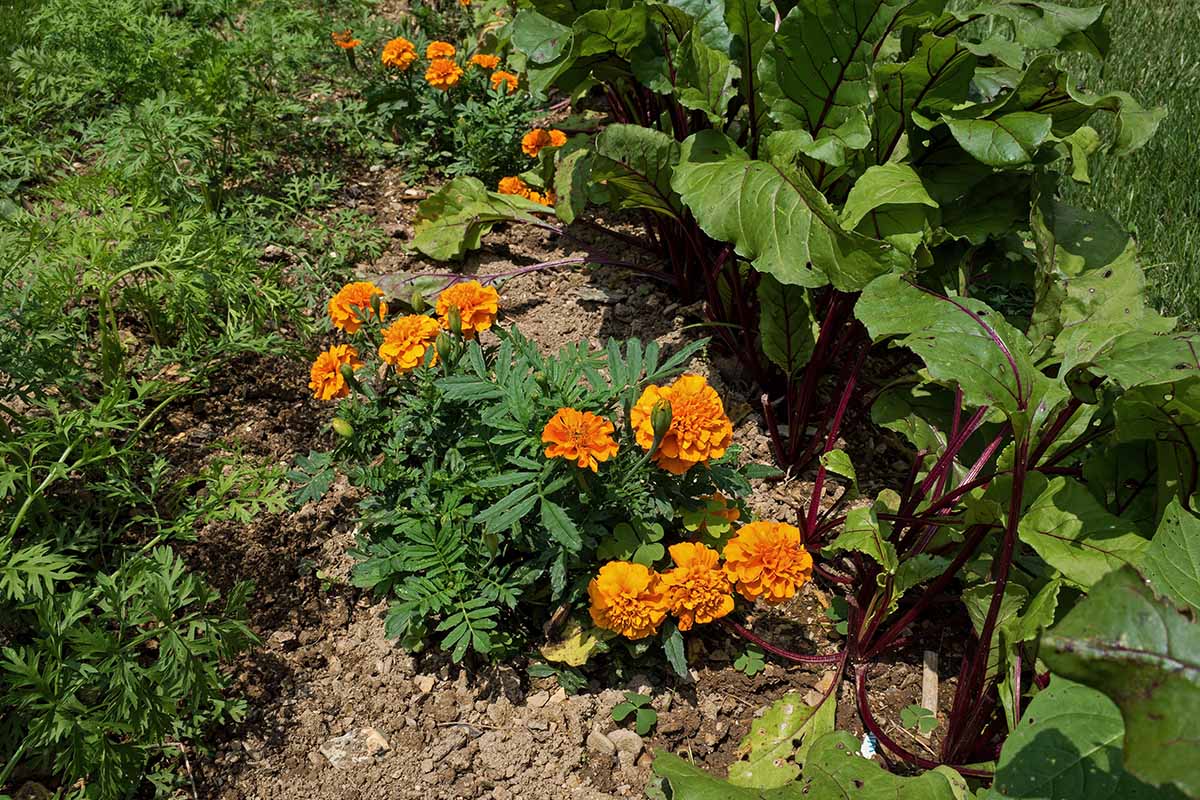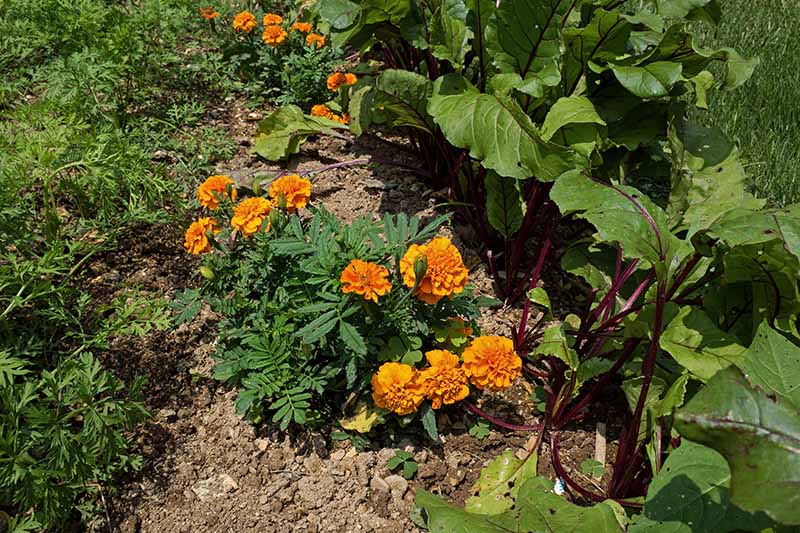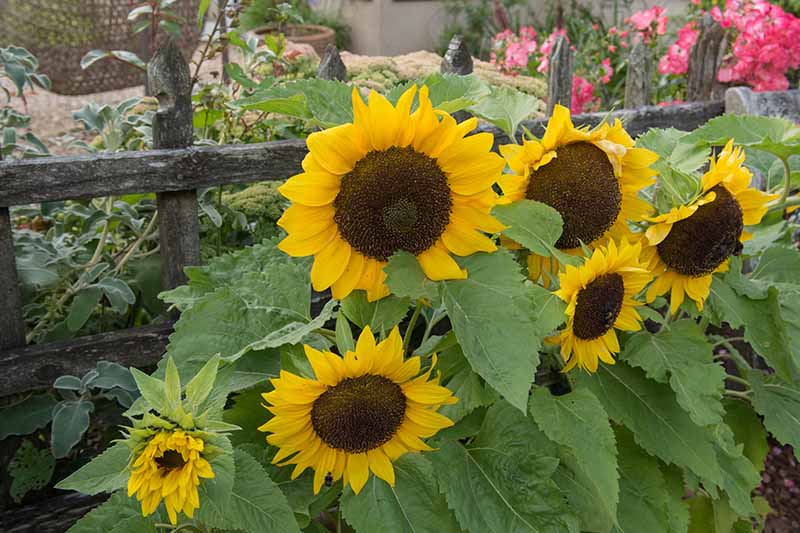The Ultimate Guide To Cotton Companion Plants
The Ultimate Guide to Cotton Companion Plants
Companion planting is a gardening technique that involves planting different types of plants together to create a mutually beneficial relationship. By carefully selecting the right companion plants, you can improve the growth, health, and productivity of your cotton crop.
In this guide, we will discuss the benefits of companion planting for cotton, as well as some of the best companion plants to grow with cotton. We will also provide some tips on how to plant and care for cotton companion plants.
Benefits of Companion Planting for Cotton
There are many benefits to companion planting with cotton. Some of the most common benefits include:
- Improved pollination: Certain companion plants can attract pollinators, such as bees and butterflies, which can help to improve pollination of your cotton crop. This can lead to increased yields and better quality cotton.
- Reduced pest pressure: Some companion plants can help to repel pests, such as the boll weevil. This can help to protect your cotton crop from damage and reduce the need for pesticides.
- Improved soil health: Companion plants can help to improve the health of your soil by adding nutrients, improving drainage, and suppressing weeds. This can lead to healthier cotton plants and a more productive garden.
Best Companion Plants for Cotton
Some of the best companion plants for cotton include:
- Basil: Basil is a strong insect repellent that can help to keep pests away from cotton plants. It also attracts pollinators, which can help to improve pollination.
- Cilantro: Cilantro is another strong insect repellent that can help to keep pests away from cotton plants. It also helps to improve the flavor of cottonseed oil.
- Mint: Mint is a great companion plant for cotton because it helps to repel pests and improve soil drainage. It also helps to deter rabbits and rodents from your garden.
- Dill: Dill is a good companion plant for cotton because it helps to attract pollinators and improve soil fertility. It also helps to suppress weeds.
- Sage: Sage is a good companion plant for cotton because it helps to repel pests and improve soil health. It also helps to improve the flavor of cottonseed oil.
- Onions: Onions are a good companion plant for cotton because they help to repel pests, such as the boll weevil. They also help to improve soil drainage.
- Garlic: Garlic is a good companion plant for cotton because it helps to repel pests, such as the boll weevil. It also helps to improve soil health.
- Sunflowers: Sunflowers are a good companion plant for cotton because they help to attract pollinators and improve soil fertility. They also help to suppress weeds.
Planting and Caring for Cotton Companion Plants
When planting cotton companion plants, it is important to consider the size and growth habit of the plants. For example, basil and cilantro are both relatively short plants, so they can be planted between cotton rows. Mint and dill are both taller plants, so they should be planted at the edge of the garden.
It is also important to plant cotton companion plants at the same time as your cotton crop. This will help to ensure that the plants have a chance to establish themselves before the cotton crop starts to grow.
Once your cotton companion plants are established, it is important to care for them properly. This includes watering them regularly, fertilizing them as needed, and weeding around them.
Conclusion
Companion planting is a great way to improve the growth, health, and productivity of your cotton crop. By carefully selecting the right companion plants, you can create a mutually beneficial relationship that will benefit both your cotton crop and your garden as a whole.
Cotton is a beautiful and versatile crop that can be grown in many different climates. But did you know that there are certain plants that can help to improve the growth and productivity of cotton plants? These plants, known as companion plants, can provide a number of benefits, including:
- Attracting pollinators. Cotton plants need pollinators to produce fruit, so planting companion plants that attract bees and butterflies can help to improve pollination and yield. Some good companion plants for cotton include zinnias, marigolds, and cosmos.
- Disease and pest control. Some companion plants can help to deter pests and diseases that can damage cotton plants. For example, planting onions or garlic near cotton plants can help to repel nematodes, a common pest of cotton.
- Improved soil quality. Companion plants can help to improve the soil quality around cotton plants, making it more fertile and productive. Some good companion plants for improving soil quality include beans, peas, and clover.
If you're interested in learning more about cotton companion plants, I recommend visiting Gardenia Inspiration. This website provides a wealth of information on the topic, including a list of recommended companion plants, as well as tips on how to plant and care for them.
FAQ of cotton companion plants
Q: What are the best companion plants for cotton?
A: Cotton gets along well with many herbs, including basil, cilantro, mint, dill, and sage. It also makes a good pairing with onions and garlic, which may help with repelling the boll weevil. Sunflowers are another good companion plant for cotton, as they help to attract pollinators.
Q: What are some plants that should not be planted near cotton?
A: Potatoes should not be planted near cotton, as they can attract the same pests and diseases. Other plants that should be avoided include tomatoes, eggplant, and peppers.
Q: How does companion planting benefit cotton plants?
A: Companion planting can help to improve the health and productivity of cotton plants in a number of ways. Companion plants can help to attract pollinators, deter pests, and improve soil health. They can also help to shade the cotton plants, which can help to reduce water loss.
Q: How far apart should cotton plants be planted?
A: The spacing of cotton plants depends on the variety of cotton being planted and the climate. In general, cotton plants should be spaced 18-36 inches apart.
Q: How long does it take for cotton plants to mature?
A: The growing season for cotton plants is approximately 150-180 days. However, the exact time to maturity will vary depending on the variety of cotton being planted and the climate.
Image of cotton companion plants
5 different images of "cotton companion plants" from Pinterest:
- Basil: Basil is a great companion plant for cotton because it helps to deter pests like aphids and whiteflies. It also attracts beneficial insects like ladybugs and lacewings, which help to control pests.
- Cilantro: Cilantro is another herb that helps to deter pests from cotton plants. It also helps to improve the flavor of the cotton bolls.

- Mint: Mint is a good companion plant for cotton because it helps to repel nematodes, which can damage cotton roots. It also helps to improve the drainage of the soil, which is important for cotton plants.

- Onions: Onions and garlic are good companion plants for cotton because they help to repel the boll weevil, a major pest of cotton plants. They also help to improve the flavor of the cotton bolls.

- Sunflowers: Sunflowers are good companion plants for cotton because they help to attract pollinators, which are essential for the pollination of cotton flowers. They also help to shade the cotton plants, which can help to protect them from pests.

Post a Comment for "The Ultimate Guide To Cotton Companion Plants"